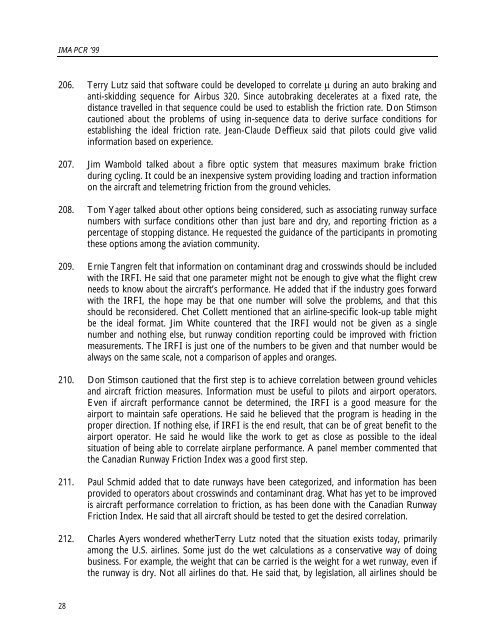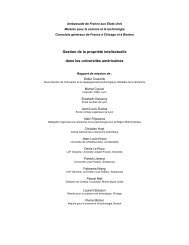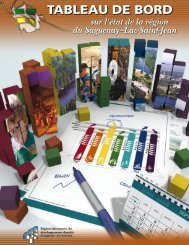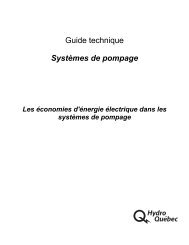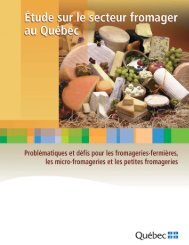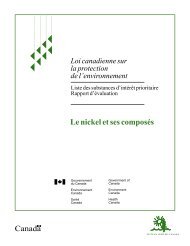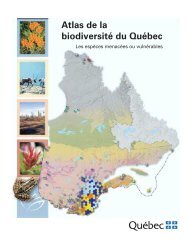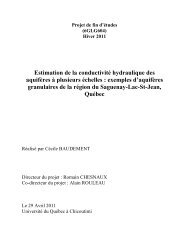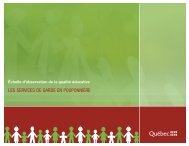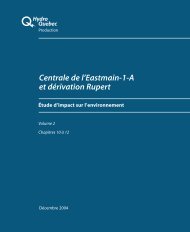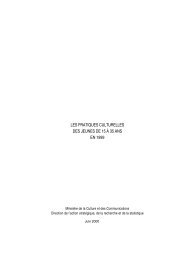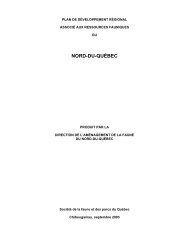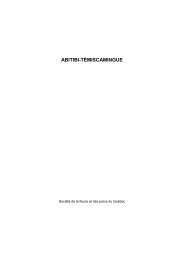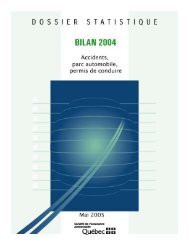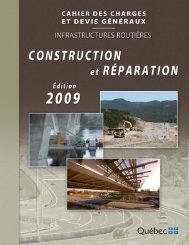TP 13579 PROCEEDINGS of the 2nd International Meeting ... - UQAC
TP 13579 PROCEEDINGS of the 2nd International Meeting ... - UQAC
TP 13579 PROCEEDINGS of the 2nd International Meeting ... - UQAC
Create successful ePaper yourself
Turn your PDF publications into a flip-book with our unique Google optimized e-Paper software.
IMAPCR ’99<br />
206. Terry Lutz said that s<strong>of</strong>tware could be developed to correlate µ during an auto braking and<br />
anti-skidding sequence for Airbus 320. Since autobraking decelerates at a fixed rate, <strong>the</strong><br />
distance travelled in that sequence could be used to establish <strong>the</strong> friction rate. Don Stimson<br />
cautioned about <strong>the</strong> problems <strong>of</strong> using in-sequence data to derive surface conditions for<br />
establishing <strong>the</strong> ideal friction rate. Jean-Claude Deffieux said that pilots could give valid<br />
information based on experience.<br />
207. Jim Wambold talked about a fibre optic system that measures maximum brake friction<br />
during cycling. It could be an inexpensive system providing loading and traction information<br />
on <strong>the</strong> aircraft and telemetring friction from <strong>the</strong> ground vehicles.<br />
208. Tom Yager talked about o<strong>the</strong>r options being considered, such as associating runway surface<br />
numbers with surface conditions o<strong>the</strong>r than just bare and dry, and reporting friction as a<br />
percentage <strong>of</strong> stopping distance. He requested <strong>the</strong> guidance <strong>of</strong> <strong>the</strong> participants in promoting<br />
<strong>the</strong>se options among <strong>the</strong> aviation community.<br />
209. Ernie Tangren felt that information on contaminant drag and crosswinds should be included<br />
with <strong>the</strong> IRFI. He said that one parameter might not be enough to give what <strong>the</strong> flight crew<br />
needs to know about <strong>the</strong> aircraft’s performance. He added that if <strong>the</strong> industry goes forward<br />
with <strong>the</strong> IRFI, <strong>the</strong> hope may be that one number will solve <strong>the</strong> problems, and that this<br />
should be reconsidered. Chet Collett mentioned that an airline-specific look-up table might<br />
be <strong>the</strong> ideal format. Jim White countered that <strong>the</strong> IRFI would not be given as a single<br />
number and nothing else, but runway condition reporting could be improved with friction<br />
measurements. The IRFI is just one <strong>of</strong> <strong>the</strong> numbers to be given and that number would be<br />
always on <strong>the</strong> same scale, not a comparison <strong>of</strong> apples and oranges.<br />
210. Don Stimson cautioned that <strong>the</strong> first step is to achieve correlation between ground vehicles<br />
and aircraft friction measures. Information must be useful to pilots and airport operators.<br />
Even if aircraft performance cannot be determined, <strong>the</strong> IRFI is a good measure for <strong>the</strong><br />
airport to maintain safe operations. He said he believed that <strong>the</strong> program is heading in <strong>the</strong><br />
proper direction. If nothing else, if IRFI is <strong>the</strong> end result, that can be <strong>of</strong> great benefit to <strong>the</strong><br />
airport operator. He said he would like <strong>the</strong> work to get as close as possible to <strong>the</strong> ideal<br />
situation <strong>of</strong> being able to correlate airplane performance. A panel member commented that<br />
<strong>the</strong> Canadian Runway Friction Index was a good first step.<br />
211. Paul Schmid added that to date runways have been categorized, and information has been<br />
provided to operators about crosswinds and contaminant drag. What has yet to be improved<br />
is aircraft performance correlation to friction, as has been done with <strong>the</strong> Canadian Runway<br />
Friction Index. He said that all aircraft should be tested to get <strong>the</strong> desired correlation.<br />
212. Charles Ayers wondered whe<strong>the</strong>rTerry Lutz noted that <strong>the</strong> situation exists today, primarily<br />
among <strong>the</strong> U.S. airlines. Some just do <strong>the</strong> wet calculations as a conservative way <strong>of</strong> doing<br />
business. For example, <strong>the</strong> weight that can be carried is <strong>the</strong> weight for a wet runway, even if<br />
<strong>the</strong> runway is dry. Not all airlines do that. He said that, by legislation, all airlines should be<br />
28


